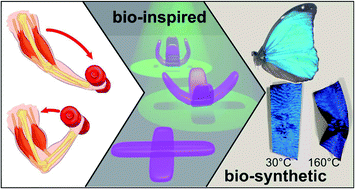Photonic artificial muscles: from micro robots to tissue engineering
Abstract
Light responsive shape-changing polymers are able to mimic the function of biological muscles accomplishing mechanical work in response to selected stimuli. A variety of manufacturing techniques and chemical processes can be employed to shape these materials to different length scales, from centimeter fibers and films to 3D printed micrometric objects trying to replicate biological functions and operations. Controlled deformations shown to mimick basic animal operations such as walking, swimming or grabbing objects, while also controlling the refractive index and the geometry of devices, opens up the potential to implement tunable optical properties. Another possibility is that of combining artificial polymers with cells or biological tissue (such as intact cardiac trabeculae) with the aim to improve tissue formation in vitro or to support the mechanical function of damaged biological muscles. Such versatility is afforded by chemistry. New customized liquid crystalline monomers are presented here that modulate material properties for different applications. The role of synthetic material composition is highlighted as we demonstrate how using apparently similar molecular formulations, that liquid crystalline polymers can be adapted to different technological and medical challenges.

- This article is part of the themed collection: Biological and bio-inspired optics


 Please wait while we load your content...
Please wait while we load your content...